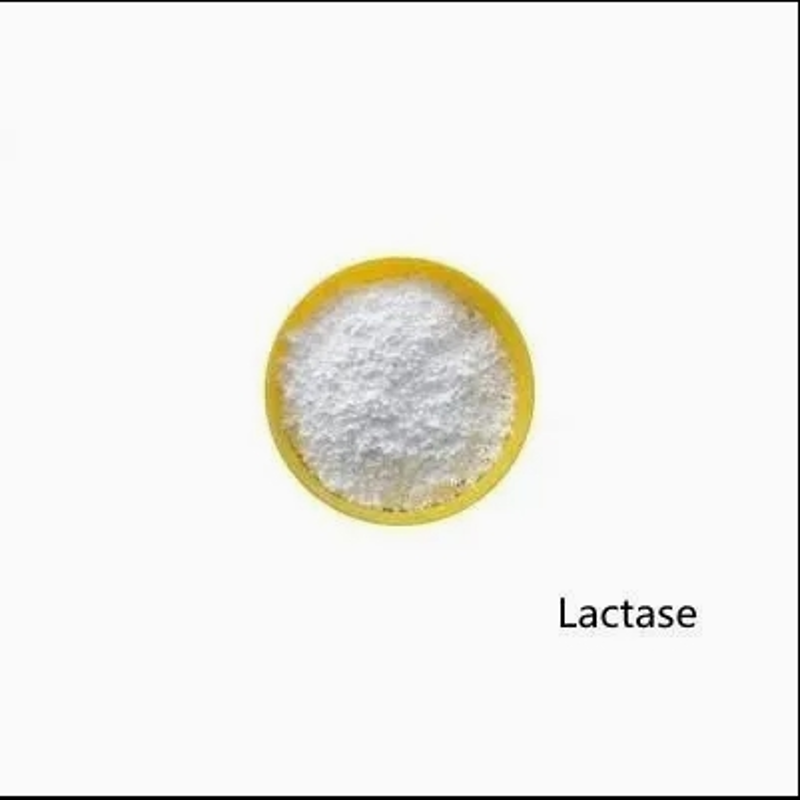-
Categories
-
Pharmaceutical Intermediates
-
Active Pharmaceutical Ingredients
-
Food Additives
- Industrial Coatings
- Agrochemicals
- Dyes and Pigments
- Surfactant
- Flavors and Fragrances
- Chemical Reagents
- Catalyst and Auxiliary
- Natural Products
- Inorganic Chemistry
-
Organic Chemistry
-
Biochemical Engineering
- Analytical Chemistry
-
Cosmetic Ingredient
- Water Treatment Chemical
-
Pharmaceutical Intermediates
Promotion
ECHEMI Mall
Wholesale
Weekly Price
Exhibition
News
-
Trade Service
On November 23, 2021, the internationally renowned journal New Phytologist published an online publication titled "Phytochrome Interacting Factor 3 regulates pollen mitotic division through auxin signaling and sugar me" in collaboration with Professor Lu Gang’s research group from the Vegetable Research Institute of Zhejiang University and Dr.
Zhao Xin’ai from Heidelberg University, Germany.
tabolism pathways in tomato" research paper, which revealed that the phytochrome interaction factor SlPIF3 regulates tomato pollen development through the auxin and sucrose metabolic pathways , and proposed a new strategy for creating tomato nuclear male sterile lines, which is a genetic improvement for tomato Provide theoretical and technical support .
Zhao Xin’ai from Heidelberg University, Germany.
tabolism pathways in tomato" research paper, which revealed that the phytochrome interaction factor SlPIF3 regulates tomato pollen development through the auxin and sucrose metabolic pathways , and proposed a new strategy for creating tomato nuclear male sterile lines, which is a genetic improvement for tomato Provide theoretical and technical support .
In flowering plants, the development of pollen is critical to the fertility and heredity of the plant
.
However, during the development of male gametophytes, the regulation mechanism of mitotic cell cycle progression is still unknown
.
This study uses cytology, genetics and molecular biology methods to prove that the phytochrome interacting factor SlPIF3 is directly involved in the regulation of tomato pollen development, and the pollen abortion of the SlPIF3 mutant is attributed to pollen mitosis I (PMI) S/G2 or M Abnormalities appear during the period, accompanied by a lack of auxin in the anthers and lower soluble sugar levels
.
.
However, during the development of male gametophytes, the regulation mechanism of mitotic cell cycle progression is still unknown
.
This study uses cytology, genetics and molecular biology methods to prove that the phytochrome interacting factor SlPIF3 is directly involved in the regulation of tomato pollen development, and the pollen abortion of the SlPIF3 mutant is attributed to pollen mitosis I (PMI) S/G2 or M Abnormalities appear during the period, accompanied by a lack of auxin in the anthers and lower soluble sugar levels
.
Further experiments confirmed that SlPIF3 directly regulates the expression of SlGLT1 and SlCWIN9 to affect auxin biosynthesis and sugar metabolism in anthers
.
The important thing is that exogenous spraying of auxin compounds can partially restore the mutant's physical properties, which provides a new way for the utilization of nuclear male sterile lines in crops
.
This is another new result obtained by Professor Lu Gang's research group in the molecular regulation mechanism of tomato fertility after revealing that SlPIF4 plays a key role in regulating the cold tolerance of tomato anthers (Pan et al.
Plant Cell, 2021)
.
.
The important thing is that exogenous spraying of auxin compounds can partially restore the mutant's physical properties, which provides a new way for the utilization of nuclear male sterile lines in crops
.
This is another new result obtained by Professor Lu Gang's research group in the molecular regulation mechanism of tomato fertility after revealing that SlPIF4 plays a key role in regulating the cold tolerance of tomato anthers (Pan et al.
Plant Cell, 2021)
.
Doctoral student Yang Dandan from the Vegetable Research Institute is the first author of the paper, and Professor Lu Gang and Dr.
Zhao Xin'ai from Heidelberg University in Germany are the corresponding authors
.
Zhejiang University is the first signing unit
.
The research was funded by the National Key R&D Project, the National Natural Science Foundation of China, the Zhejiang Provincial Fund Key, and the Star Science Fund of Zhejiang University Shanghai Institute for Advanced Study
.
Zhao Xin'ai from Heidelberg University in Germany are the corresponding authors
.
Zhejiang University is the first signing unit
.
The research was funded by the National Key R&D Project, the National Natural Science Foundation of China, the Zhejiang Provincial Fund Key, and the Star Science Fund of Zhejiang University Shanghai Institute for Advanced Study
.







